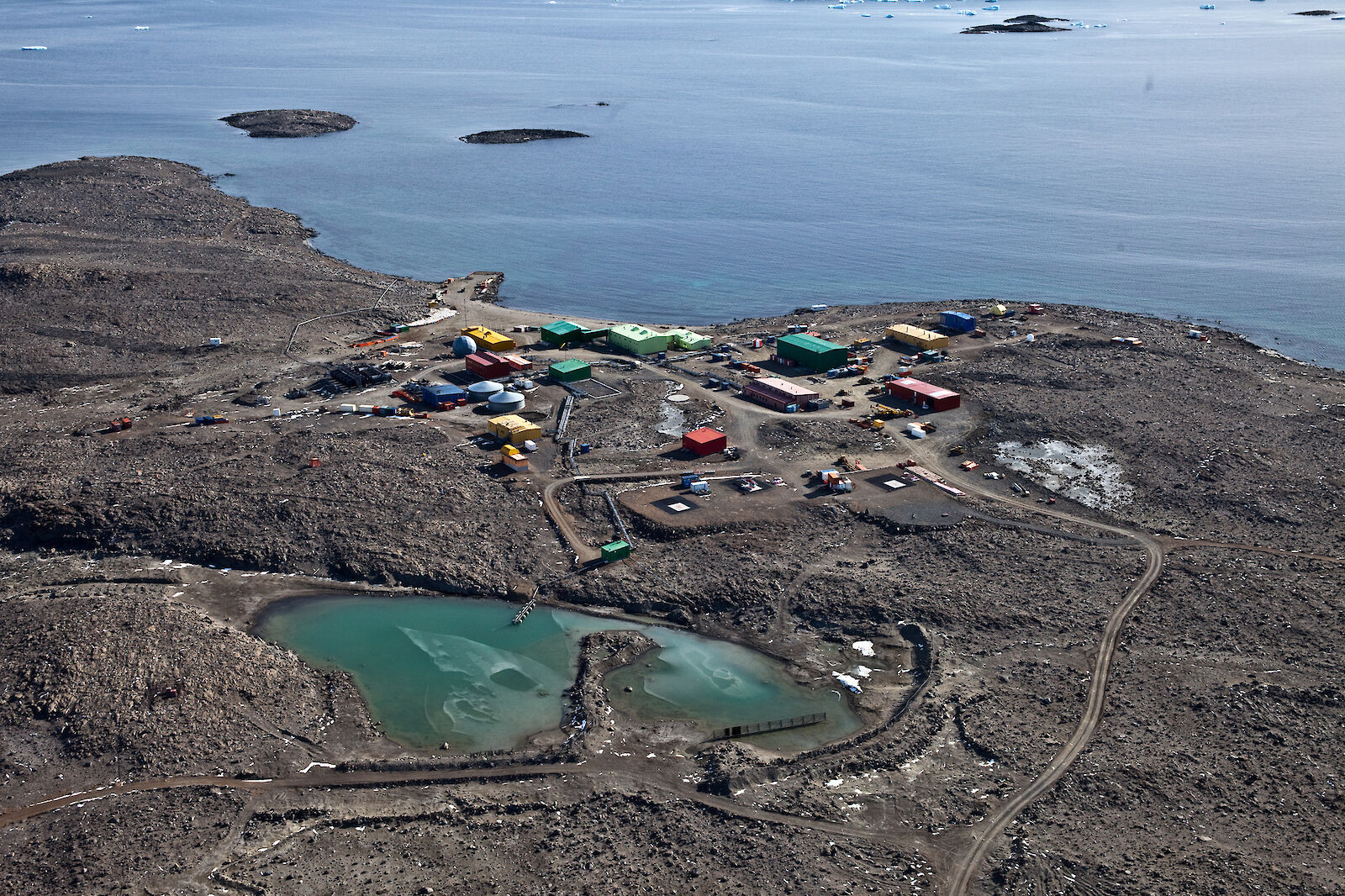The Antarctic ice sheet holds about 90 percent of Earth’s fresh water in 30 million cubic kilometres of ice. But there’s not a drop to drink, unless you pour some serious energy into making it.
This resource is best suited to Year 7 Chemistry and Earth and Space students who are learning about the water cycle and mixtures. It is also suitable for Year 10 Earth and Space students who are interested in climate change and sea ice.
Word Count: 329

At Australia’s Casey and Mawson research stations, water is produced primarily by melting snow with an electrically heated ‘melt bell’, in a cavern underneath the ice.
But at Davis station, water is drawn from a small saline tarn (a mountain lake or water body formed by a glacier) and processed through a continuous micro-filtration system and a reverse osmosis desalination plant.

This hard-won potable water is pumped into two 600,000 litre tanks for storage, and then into smaller tanks for consumption. Not surprisingly, water restrictions and water-saving practices are a part of life at Davis!
Over time, as the brine from the desalination process is returned to the tarn, the salinity of the tarn increases, to the point it becomes impossible to desalinate. Every five years or so, this water has to be pumped out, and the tarn refilled with fresh seawater.
The small window of opportunity to refill the tarn falls at the tail end of winter and the coldest time of year – the only time when the levels of algae and krill in the seawater is low enough to make it suitable for desalination.

Over the past few weeks, Davis expeditioners have braved the cold, bleak conditions to empty and refill the tarn.
According to Davis plumber John Kilmartin: “After five days working back-to-back shifts, the tarn was emptied, taking 70 hours, eight pump breakdowns, four frozen hoses and one fuel mix up”.
The team then spent another two weeks pumping millions of litres of fresh seawater 800 metres from the shore, up a 60 metre rise, to the tarn.
They can now celebrate their success with “a combined Tarn party and Oktoberfest”, and a three minute shower!
While this is a uniquely Davis problem, the station is in the final phases of commissioning an Advanced Waste Water Treatment Plant capable of producing water clean enough to drink. While there are no plans to drink the water, it will enhance water security at Davis in the future.
This article was written by the Australian Antarctic Division. Read the original article here.
Login or Sign up for FREE to download a copy of the full teacher resource





